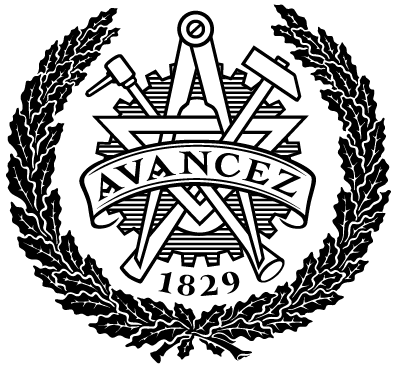A Numerical Study Of Fibers In A Fluid Flow
| dc.contributor.author | Mark, Andreas | |
| dc.contributor.department | Chalmers tekniska högskola / Institutionen för tillämpad mekanik | sv |
| dc.contributor.department | Chalmers University of Technology / Department of Applied Mechanics | en |
| dc.date.accessioned | 2019-07-03T12:08:04Z | |
| dc.date.available | 2019-07-03T12:08:04Z | |
| dc.date.issued | 2005 | |
| dc.description.abstract | In the thesis a sphere fiber model is developed and implemented to study flocs of flexible and stiff fibers in a shear flow. The spheres in the model are bounded by springs and the bending force is proportional to the angle between the connected spheres. Fiber-fiber and fiber-wall interactions are included to study flocculation in different geometries. The hydrodynamic interaction is modelled by Stoke drag, which is dependent of neighbouring spheres. To study different kinds of fibers, flows and walls the simulation parameters can easily be changed. The model do not include twisting torque and momentum transfer from fibers to fluid and assumes that the flow is a low Reynolds number flow. The backward differential and Runge-Kutta methods are implemented to solve the equations describing the fiber system, where boundary conditions, step-size and tolerance are dependent of the model. The two methods are compared and the Runge-Kutta method is determined to be the best suited method for this problem. Simulation examples are done to study flocculation in shear flow. Simulated rotational periods and rotation velocities of a stiff fiber are compared with Jeffery's simplified equation. The simulations is showed to follow Jeffery's results but is affected by the inertia included in the model. When inertia effects are made smaller the simulations better approximates the solution of Jeffery's equation which does not include inertia. The simulation program is developed under linux and all the code is written from scratch (except the math library) under Dolfin name spaces in C++. The results in the thesis show how flocculation occur and that the fiber simulation program successfully model fibers and fiber flocs in a fluid flow. | |
| dc.identifier.uri | https://hdl.handle.net/20.500.12380/70285 | |
| dc.language.iso | eng | |
| dc.setspec.uppsok | Technology | |
| dc.subject | Numerisk analys | |
| dc.subject | Trävetenskap | |
| dc.subject | Numerical analysis | |
| dc.subject | Wood Science | |
| dc.title | A Numerical Study Of Fibers In A Fluid Flow | |
| dc.type.degree | Examensarbete för masterexamen | sv |
| dc.type.degree | Master Thesis | en |
| dc.type.uppsok | H |
